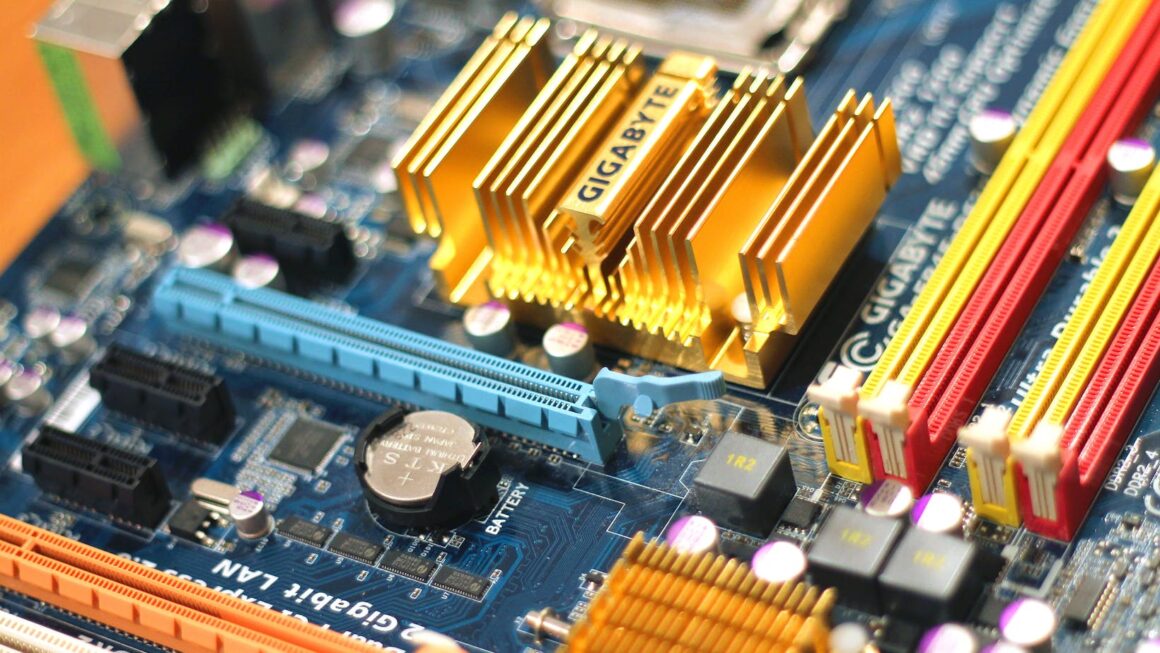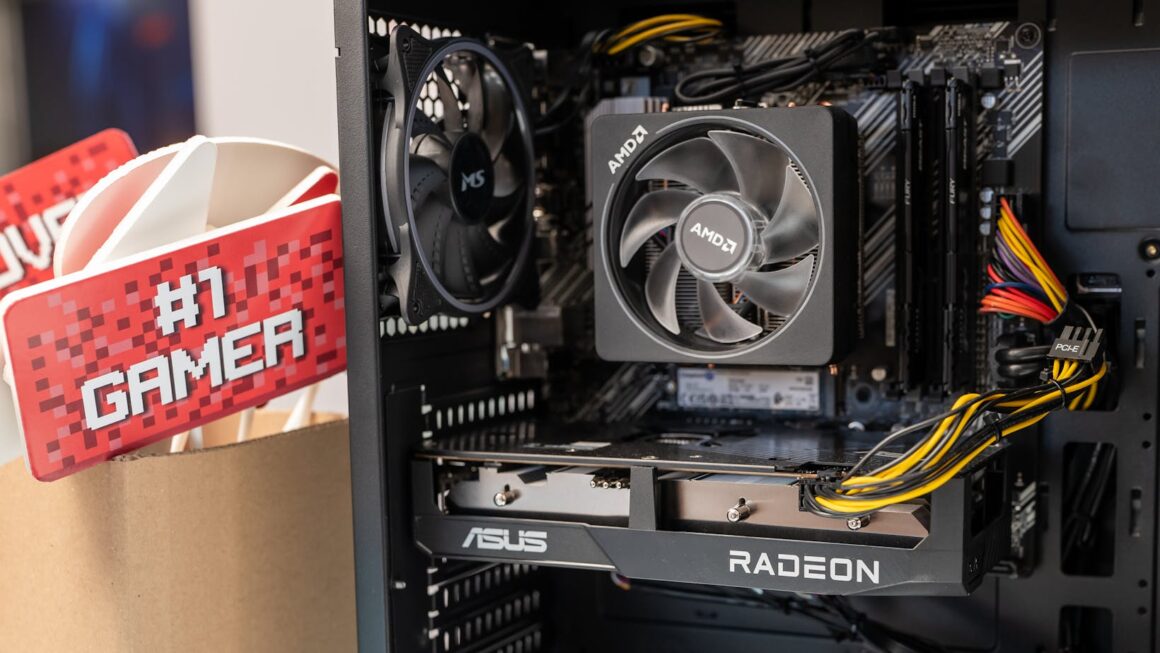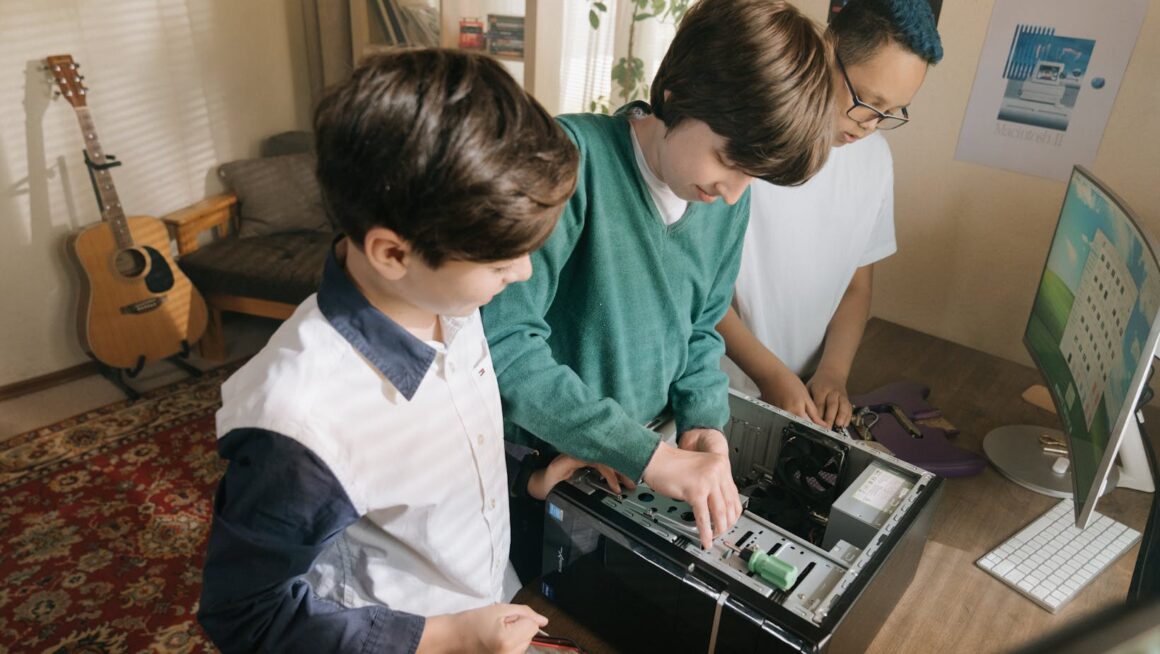Feeling your PC’s performance lagging behind? It might be time for a RAM upgrade. In today’s digital era, where multitasking is a norm, having an efficient system is no longer an option, but a necessity.
This article will guide you through the process of upgrading your PC’s RAM, a cost-effective solution to enhance your computer’s performance. Whether you’re a gamer seeking smoother gameplay or a professional aiming for faster software operations, a RAM upgrade could be your game-changer.

So, stick around if you’re ready to give your PC the boost it needs. We’ll delve into why RAM matters, how to choose the right one, and the steps to install it successfully. Get ready to take your computing experience to a new level.
Understanding RAM and Its Role in PC Performance
Diving deeper into the heart of your machine, it’s important to grasp the concept of Random Access Memory (RAM) and the pivotal role it plays in your PC’s performance. RAM, which is different from your computer’s storage space, serves as your PC’s short-term memory. While your storage space holds data and programs indefinitely, even in the absence of power, RAM retains information only while your PC is on.
Each time you launch an application, the required data for that application to function gets temporarily stored in RAM. Compiling code in a software, for instance, requires a considerable amount of RAM. The OS retrieves information from the RAM, allowing the smooth operation of the active program. A RAM upgrade, in this context, means providing more space to temporarily hold information, easing the operation of multiple active programs.
The relationship between RAM and PC performance is co-dependent. A demanding task like editing a 4K video or running a graphic-intensive video game puts immense strain on RAM. Computers with insufficient RAM tend to lag during such demanding tasks. On the other hand, if you’re merely browsing the internet or creating documents in Word, a RAM upgrade won’t necessarily translate into noticeable performance improvements.
Understanding the need for a RAM upgrade starts with evaluating your usage patterns. Power users or heavy gamers using resource-intensive applications and games benefit the most from a RAM upgrade. Contrarily, if you’re a light user whose activities purely involve basic office tools or web browsing, the performance differential might be trivial.

In summary, a RAM upgrade has significant influence on PC performance but only under conditions where the current RAM struggles to meet the requirements of your operations. It’s a careful balance of understanding your needs, assessing your current setup, and making an educated decision.
RAM Upgrade PC
Spotting the tell-tale signs for a RAM upgrade isn’t rocket science. Certain indicators may clearly illustrate that it’s time for stepping up your PC’s memory game. Pay attention to the following pointers that scream, “It’s time to upgrade”:
Frequent System Lag: Encountering slow functionality and hang-ups when you open multiple applications serves as a clear indication of insufficient RAM. For example, if you’re editing a 4K video while running a demanding game in the background, you may experience substantial system slowdown.
Your PC Struggles with High-End Software: Sophisticated software, such as advanced video editing or 3D modeling applications, demand sizable amounts of RAM. If your present memory barely meets the software’s minimum RAM requirement, your PC may buckle under pressure, making an upgrade inevitable.
Regular Use of Virtual Machines: Piloting virtual machines (VMs), running multiple operating systems simultaneously, requires a high allocation of memory. Say, if you’re running Windows on a Mac via a VM, an insufficient RAM could lead to stuttering or unresponsive systems.
Subsystem Conflict: The evolution of technology constantly brings forth system upgrades and component advancements. If you’ve upgraded your processor or graphics card recently, your older RAM might not be an optimal match.

Installing the latest processors, like Intel’s 10th Gen or AMD’s Ryzen series, mandates a higher RAM compatibility for seamless operation.
RAM is Consumed at Startup: A system that’s RAM-starved at startup suggests that a RAM update is due. You can verify the problem by checking your RAM usage in Task Manager (PC) or Activity Monitor (Mac) on boot.
Bear in mind that these markers aren’t definitive proof, just symptoms of a potential issue. It’s crucial to assess your PC’s memory needs in terms of usage patterns, software demands, system upgrades, and VM requirements before reaching a decision. A well-informed RAM upgrade can make a world of difference to your PC’s performance.


